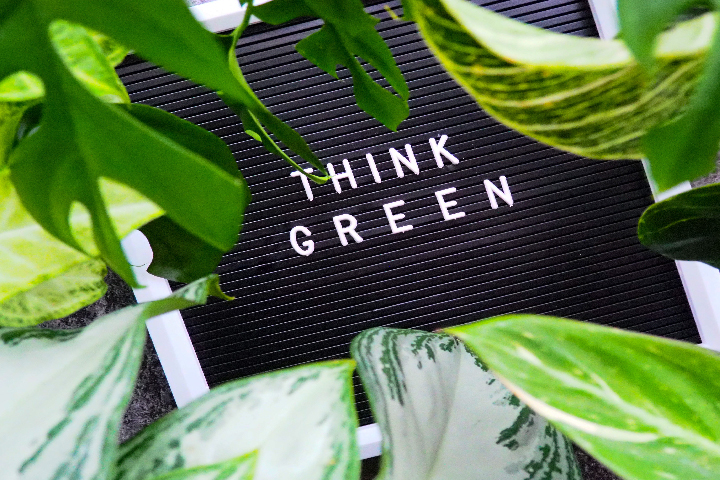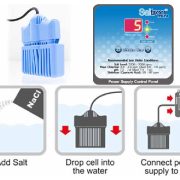
Is Having a Pool Environmentally Friendly? A Closer Look
Explore the environmental impact of owning a pool, from water usage to energy consumption, and discover how to make your pool more eco-friendly.
As homeowners become more aware of the environmental impact of their choices, the question of whether owning a swimming pool is environmentally friendly arises. In this article, we’ll discuss the environmental impact of having a pool and suggest ways to make your pool more eco-friendly to minimize its footprint on the environment.
Water Usage
One of the primary concerns related to owning a pool is the significant amount of water needed to fill and maintain it. Pools can hold thousands of gallons of water, which can lead to high water consumption. Moreover, water is lost through evaporation, splashing, and backwashing the filter. In areas experiencing water scarcity, having a pool may not be the most environmentally responsible choice.
Energy Consumption
Swimming pools require energy to power their pumps, heaters, and filtration systems. Conventional pool equipment can be energy-intensive, increasing greenhouse gas emissions and contributing to climate change. Pool owners must consider the environmental impact of their pool’s energy consumption and explore ways to reduce it.
Chemical Usage
Maintaining a clean and healthy pool requires chemicals such as chlorine, algaecides, and pH adjusters. These chemicals can potentially have negative environmental effects when discharged into the ecosystem through backwashing or pool draining. It’s essential to consider the impact of these chemicals on local water sources, wildlife, and plant life.
Making Your Pool More Eco-Friendly
Despite these concerns, there are several ways to make your swimming pool more environmentally friendly:
- Install a pool cover: A pool cover reduces evaporation, limiting the need to constantly refill your pool. This conserves water and reduces the amount of chemicals needed to maintain water balance.
- Use energy-efficient equipment: Consider upgrading to energy-efficient pumps, heaters, and lighting systems. Variable-speed pumps and solar-powered heaters can significantly reduce energy consumption and lower greenhouse gas emissions.
- Opt for eco-friendly sanitization methods: Consider using saltwater systems or mineral sanitizers instead of traditional chlorine-based systems. These alternatives can help reduce chemical usage and lessen the environmental impact.
- Implement a natural pool design: Natural pools use plants and biological filters to clean and purify water, reducing the need for chemicals and energy-consuming filtration systems. These pools can provide a more sustainable and environmentally friendly option.
- Practice proper water conservation: Maintain your pool’s water level to minimize splashing and water waste. Fix leaks promptly and only backwash your filter when necessary.
- Use environmentally friendly pool chemicals: Choose biodegradable and eco-friendly pool chemicals when possible to minimize their impact on the environment.
While owning a swimming pool may have some negative environmental impacts, it is possible to reduce them by implementing eco-friendly practices. By conserving water, using energy-efficient equipment, and opting for environmentally friendly chemicals and sanitization methods, you can minimize your pool’s environmental footprint.
Ultimately, the decision to own a pool should take into account both the enjoyment it provides and its impact on the environment. By making informed choices and taking steps to make your pool more eco-friendly, you can strike a balance between recreation and environmental responsibility.




